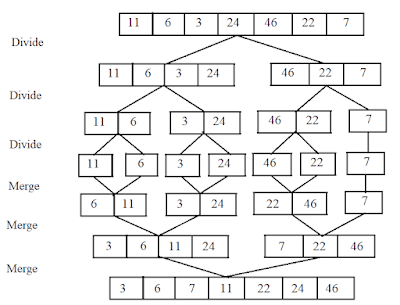Divide and Conquer

Imagine a classroom scenario where students are asked to organize a large number of books in a library. The problem of categorizing and shelving thousands of books can seem difficult at first. By applying divide-and-conquer principles, the task can be simplified significantly.The students can start by dividing the books into smaller groups based on genres, such as fiction, non-fiction, and reference. Each genre can then be further subdivided into categories like science fiction, historical novels,and biographies. Finally, within each category, the books can be organized alphabetically by author. This method of dividing the problem into manageable parts, solving each part, and then combining the results effectively demonstrates how divide-and-conquer can make complex tasks more approachable In software development, the divide-and-conquer approach is frequently employed in designing complex systems and applications. For instance, consider developing a comprehensive e-commerce platform. T...